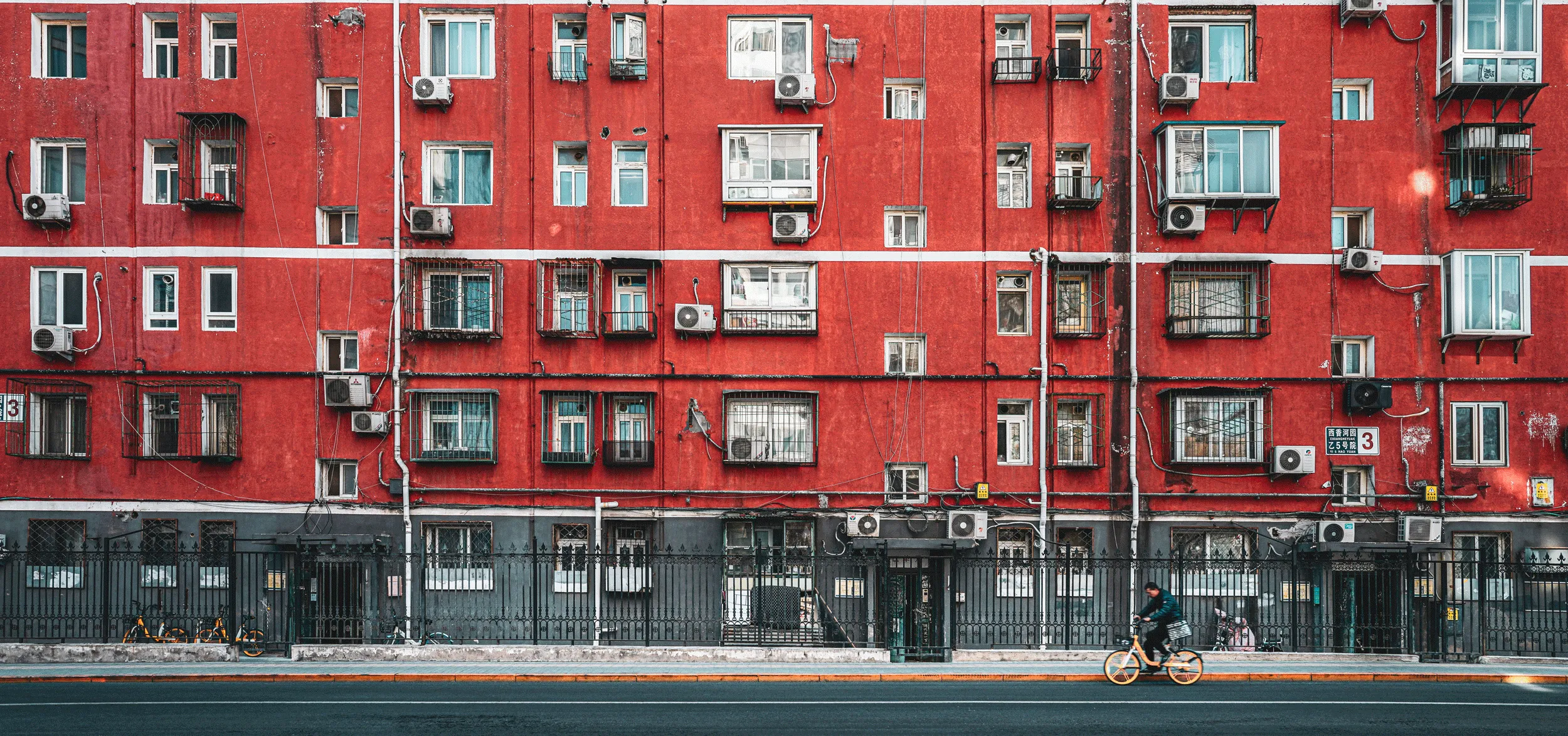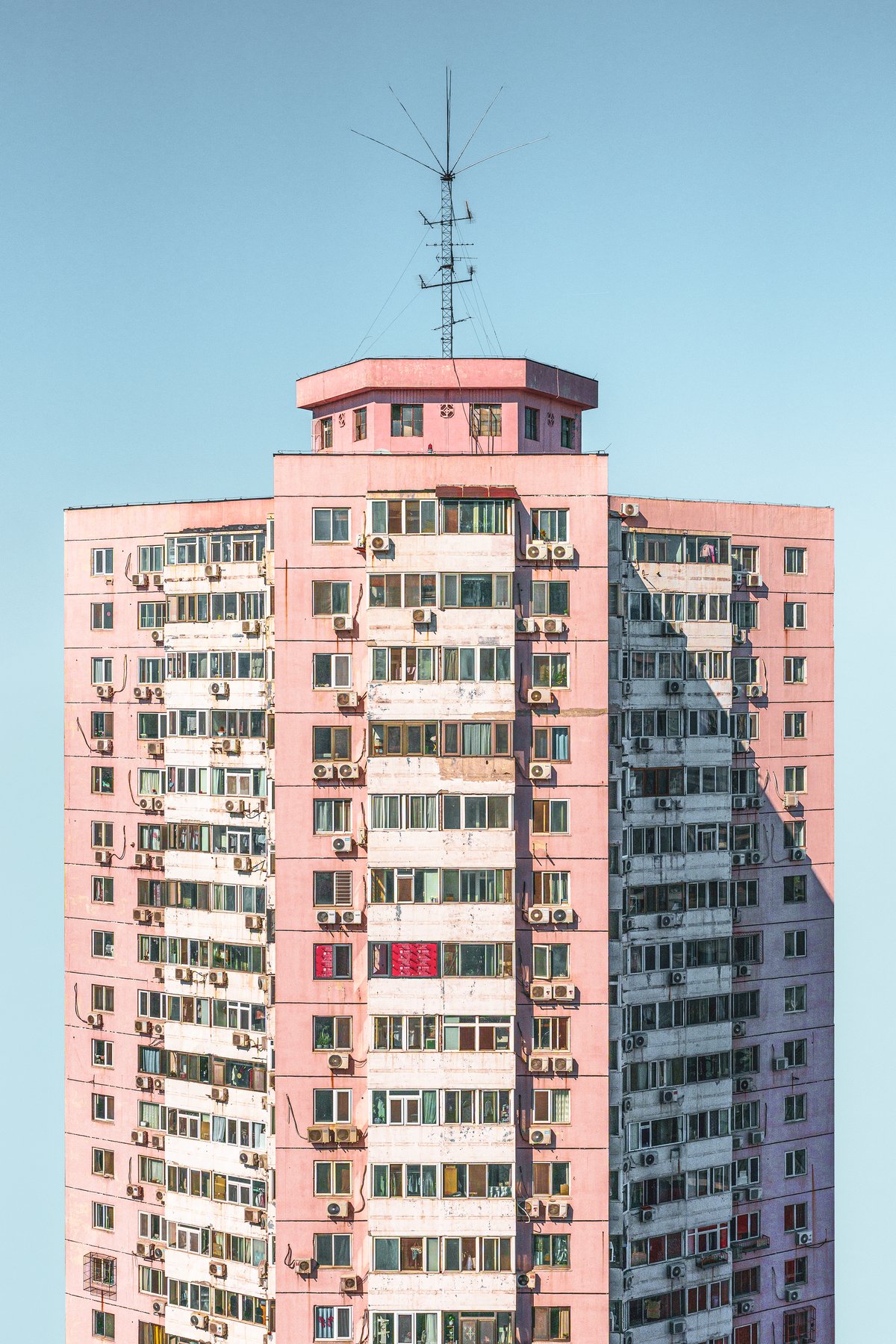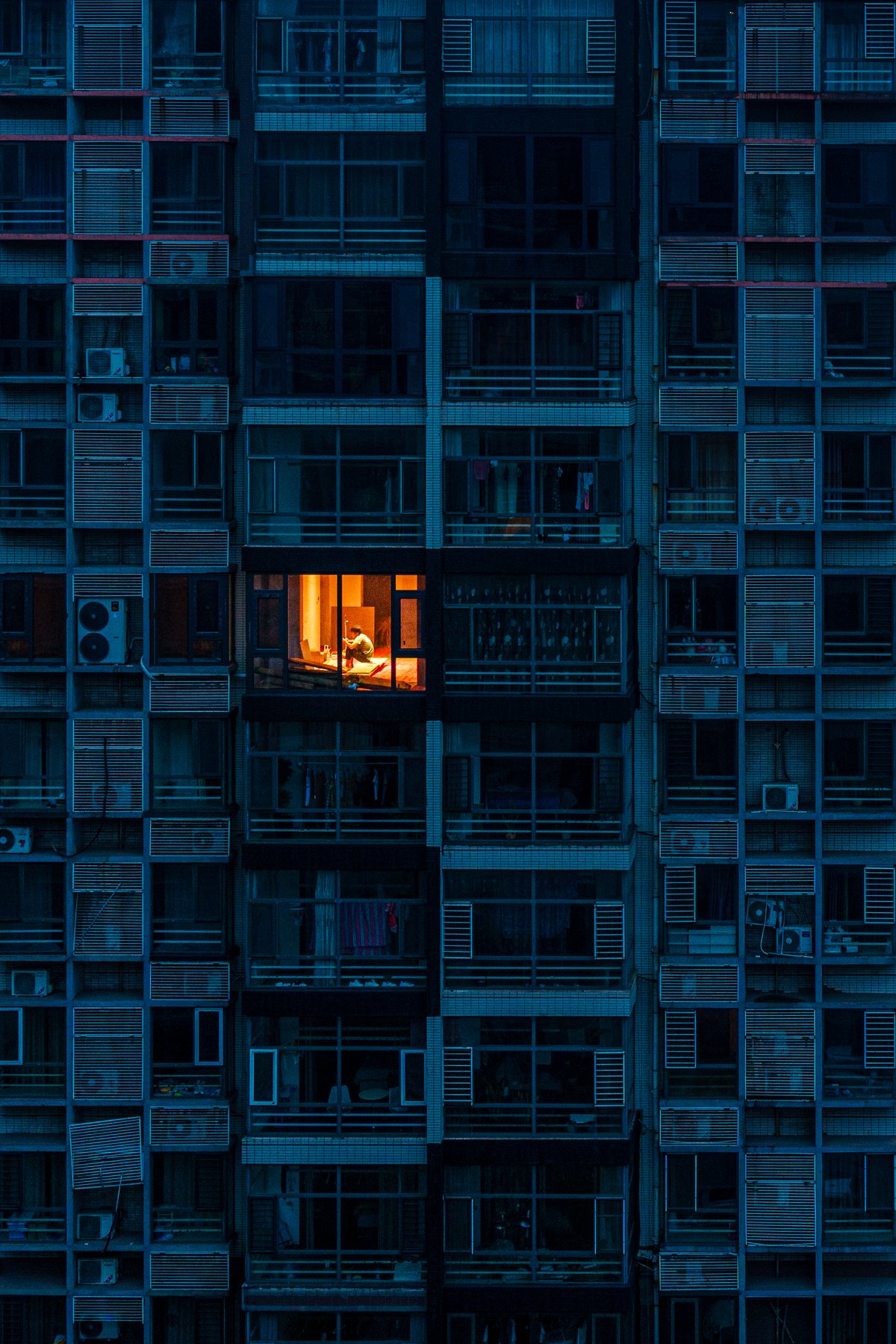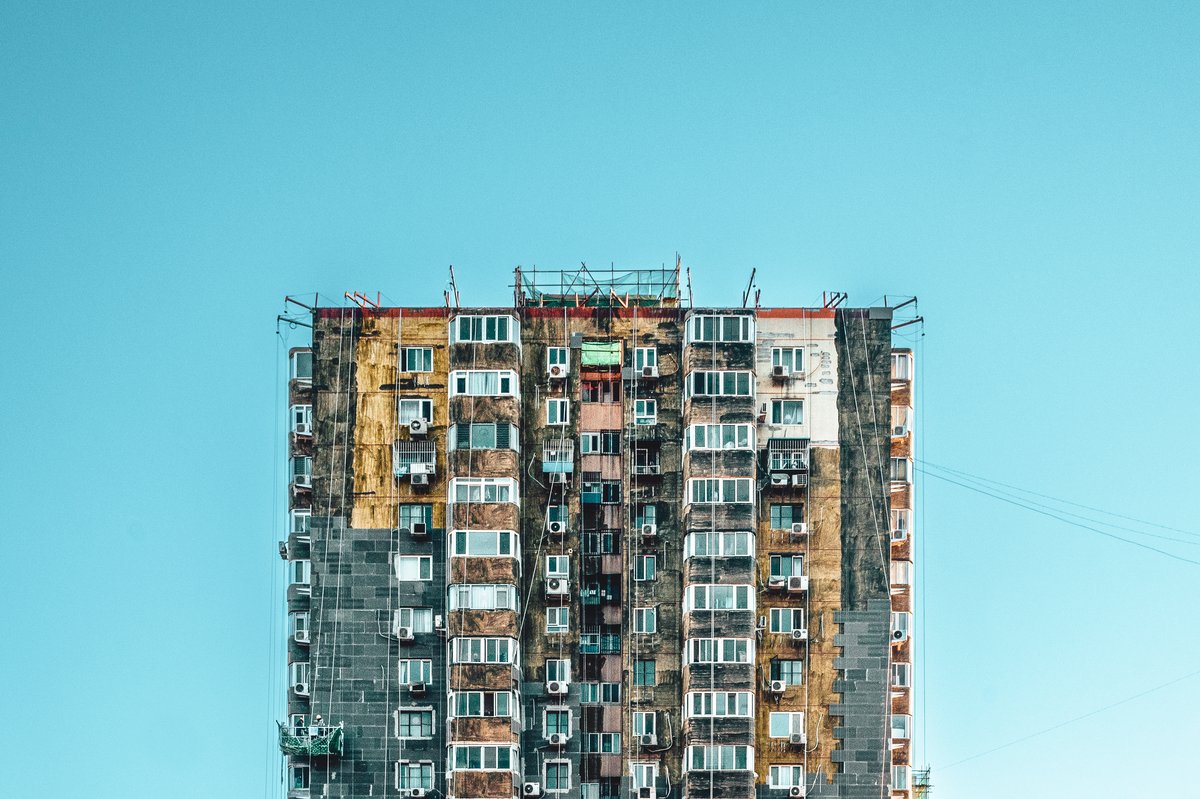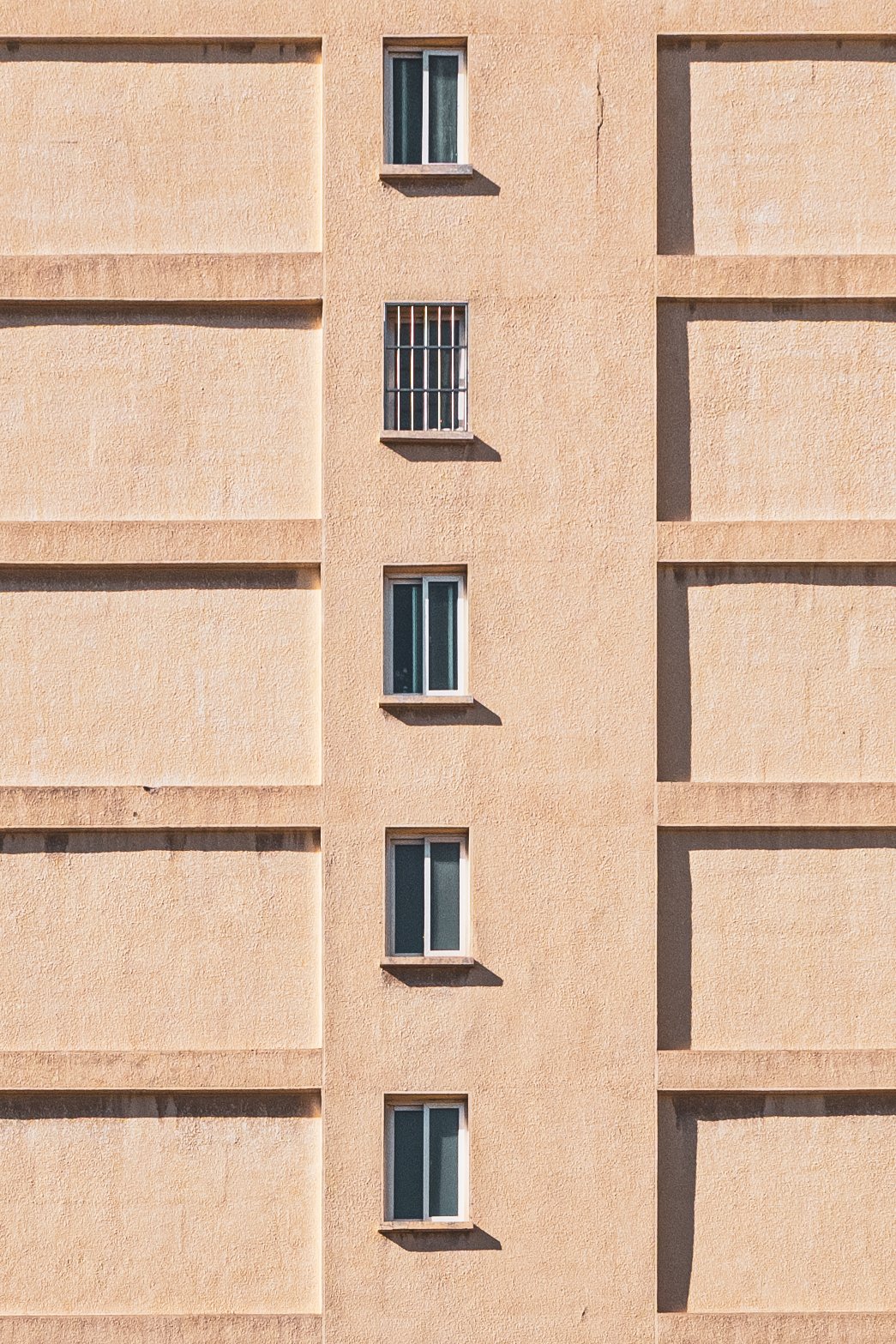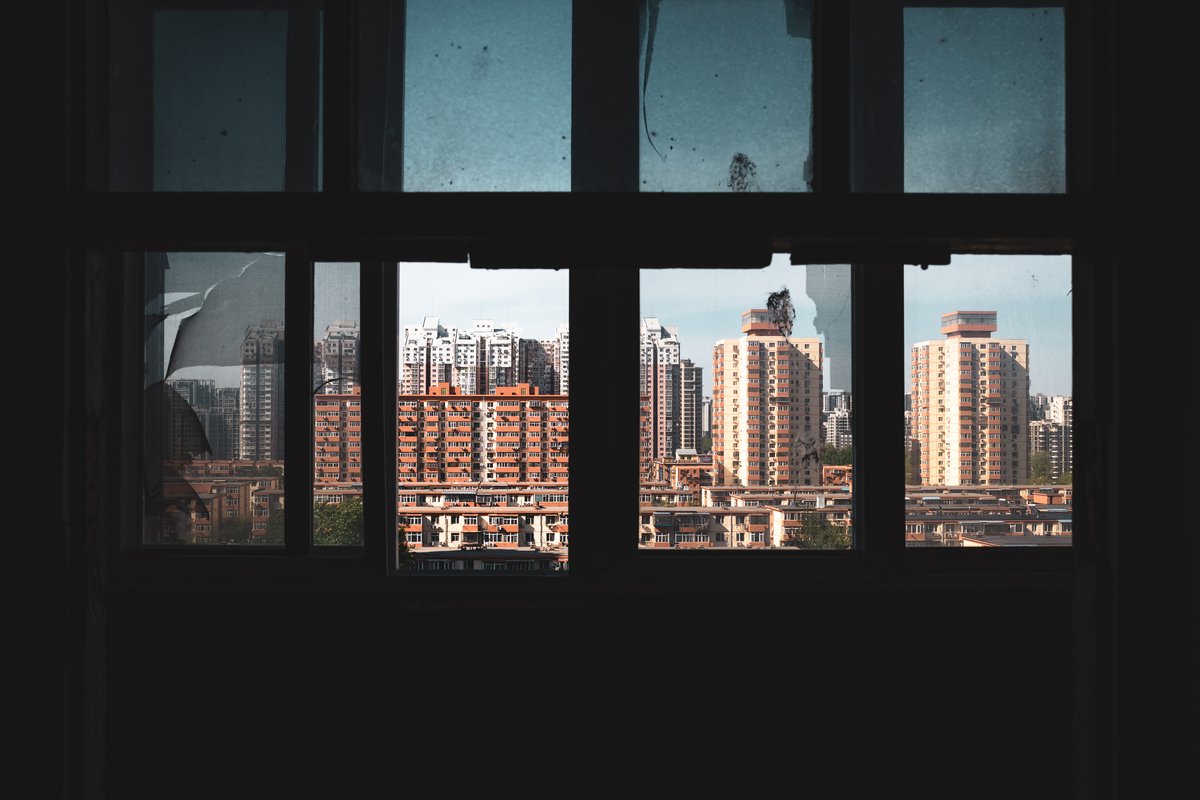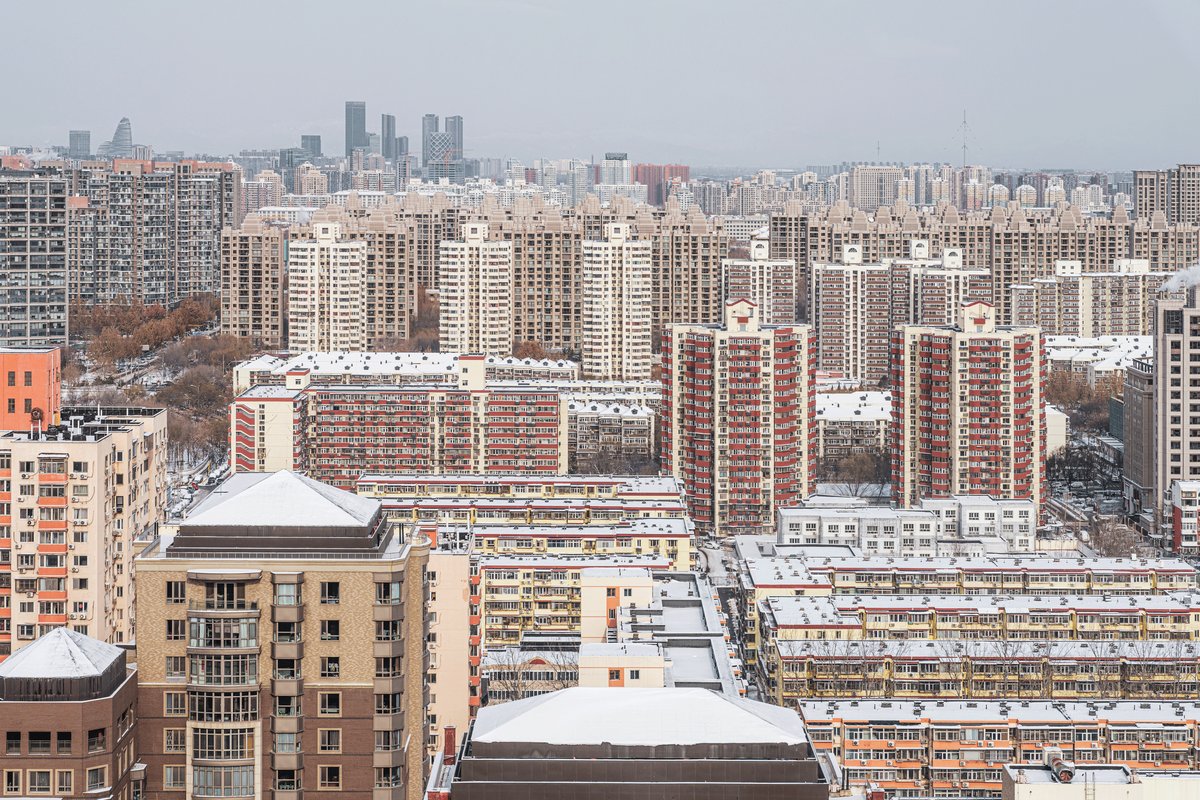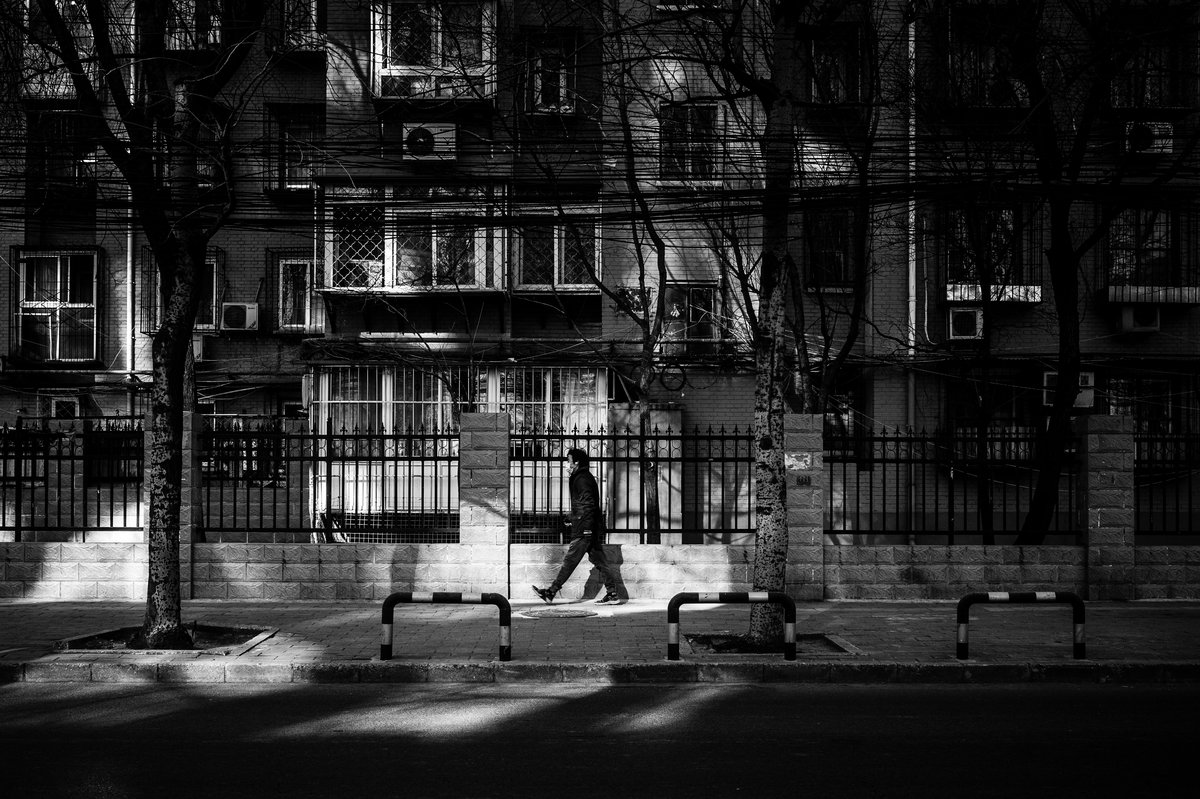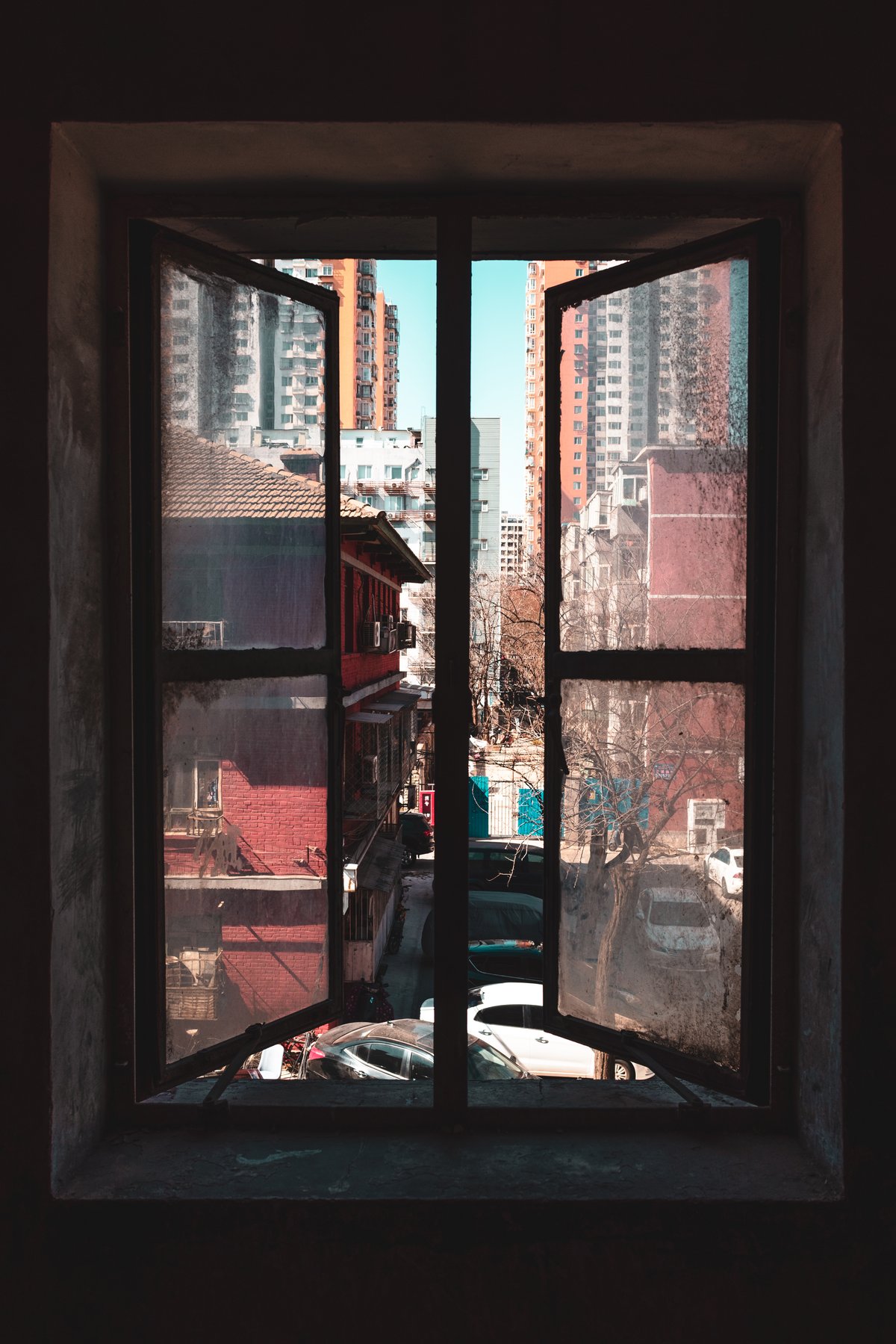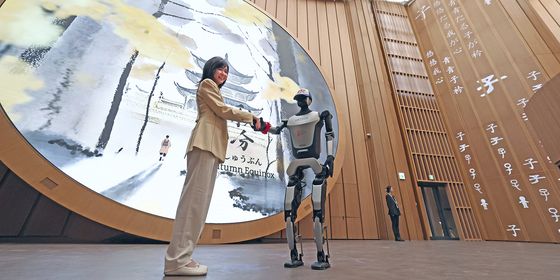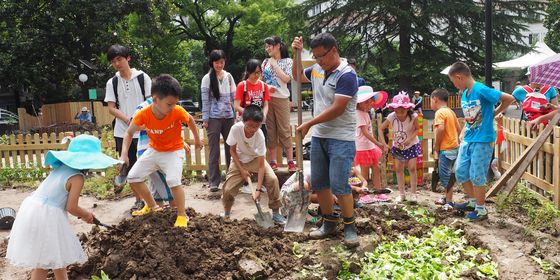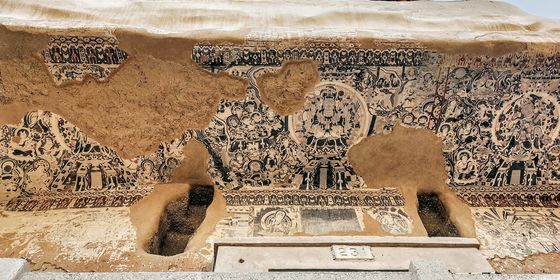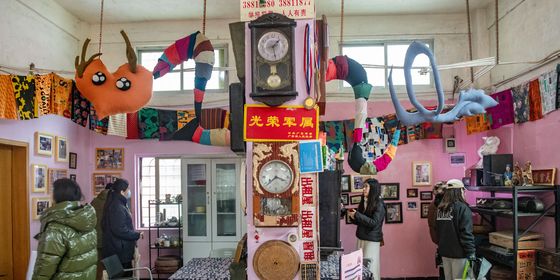Chronicling the modern history of Beijing’s apartment buildings on camera
One autumn day in 2022, as I took a walk through Beijing, a high-rise apartment block caught my eye. I paused for a few minutes to admire it and snapped some shots with my camera. After I got home, I examined the architecture in the photos closely. It felt like all the various details of the building were competing to tell different stories.
This first encounter with the capital’s apartment buildings inspired this photography series. I started to roam around Beijing, and occasionally my hometown in Hebei province, to find interesting cases. I would find a vantage point, perhaps atop another nearby building, where I could center the building in the frame. Later, on my computer, I would edit out extraneous elements like tree branches, telephone wires, and other buildings, leaving only the sky and my subject. I want viewers to focus entirely on the rich details of the buildings without interference.
Their fading paint, caged balconies or windows, clothes hanging to dry, and potted plants, all fascinate me. These are traces of human life that are continuing to grow, even as the building housing them withers.
Though I was initially attracted only by the buildings’ appearance, I gradually learned their history. In Beijing, some of the first apartment blocks were three-story buildings built in the 1950s. At that time, the capital’s traditional bungalow homes were struggling to cope with a growing population. The ’70s, on the other hand, were characterized by the vast construction of five-story, red-brick buildings, influenced by “khrushchevka”—a type of apartment building popular in the ’60s in the Soviet Union.
After market reforms began in the ’80s, T-shaped high-rise buildings with two elevators and four apartments per floor came into fashion. From then on, as private developers took on construction, residential buildings began to take on many more forms and designs.
I think of these residential buildings as grand “story books,” housing all kinds of complex and rich lives inside. They stand there in silence, waiting for us to discover their tales.
Photography by: Li Xiao (李潇)
Skyline Stories is a story from our issue, “Education Nation.” To read the entire issue, become a subscriber and receive the full magazine.





